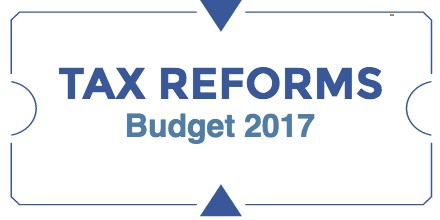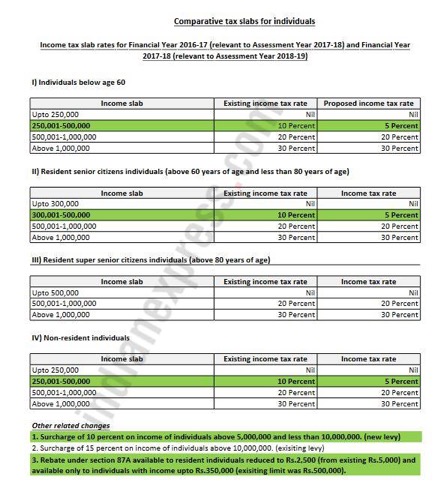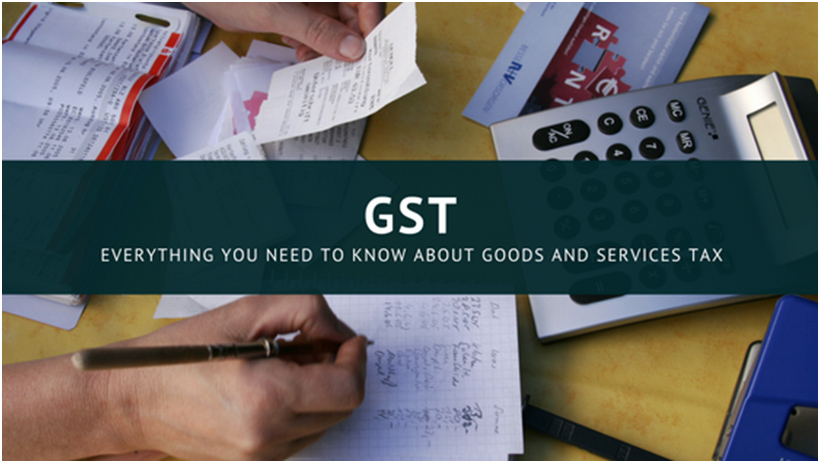WHAT IS A PRIVATE LIMITED COMPANY?
A private limited company is a type of privately held business entity registered under the Companies Act, 2013. In this type of business entity, the owners are liable to their shares. Private companies issue stock and have shareholders, they cannot trade on public exchanges and shares are not issued through an initial public offering (IPO). A private limited company must have at least one shareholder and can have a maximum of fifty shareholders. This makes the entity to stand between partnership and a public company. It is widely acceptable among entrepreneurs as it is more convenient to start a Private Limited Company.
INCORPORATION OF A PRIVATE LIMITED COMPANY
A Private Limited Company can be incorporated as per the procedure explained below :
Director Identification Number (DIN) & Digital Signature Certificate (DSC)
A person intending to become a director of a company requires a unique identification number which is issued by the Ministry of Corporate Affairs. This number then is used to record the details of the director of the company. The Digital Signature Certificate is the digitalised version of all the paper certificates. This certificate can be used to prove the director’s identity, access information and sign documents digitally. Certain documents are required for DIR-3 application:
- Identity Proof: A copy of PAN card is mandatory whereas a copy of the Driver’s license is optional.
- Address Proof: A copy of the Passport / Election ID / AADHAR card / Driver’s License is sufficient.
- Passport Size photo
- Mobile Number
- Education Qualification
- Verification signed by the applicant.
Company Name Availability
The name of the company must not be pre-existing, applicants must first search for any existing Trademark and then decide on the company’s name. The Promoters of the company have to provide at least 6 names in the order of their preference to the Registrar of Companies for name availability.
Memorandum of Association (MOA) & Articles of Association (AOA)
When the name of the company has been approved by the Registrar of Companies then the Subscribers have to draft a MOA & AOA specifying their Names, Address, Occupation and the sign the subscription pages of the Memorandum and Articles of Association formed.
The Memorandum of Association is a document regarding the main objectives as well as the secondary objectives of a company. It covers all the necessary fundamental provisions of the company’s constitution.
Articles of Association is a contract based on mutual understanding between the company and its members defining their rights and duties.
Filing E-Forms with Registrar of Companies
After the drafting of Memorandum of Association and Articles of Association, an application has to be sent to the Registrar of Companies regarding the incorporation of the company. This Application must contain all the necessary documents of the Company and its Directors.
Verification of Documents
The company must pay the desired fees to the Registrar of Companies and must get Stamp Duty to get the documents verified.
Issue of Certificate of Incorporation
When all the documents are verified and duly approved by the Registrar of Companies, a digitalised ‘Certificate of Incorporation’ is mailed to the Directors of the company. Once the Incorporation Certificate is received , company can start with its operations .
ADVANTAGES OF A PRIVATE LIMITED COMPANY
Separate Legal Entity
A company is a legal entity and a juristic person under the law. The members (Shareholders/Directors) of a company have no liability to the creditors of the company. This form of organisation has wide legal capacity, acquire and hold property and also incur debts in its own name. As a juristic person, a company can sue in its own name and can be sued by others. A company’s common seal is considered as its signature but is not mandatory.
Limited Liability
Limited liability means the status of being legally responsible only to a limited amount of debts of a company. A company is a separate legal entity from its members. The liability for repayment of debts incurred by the company lies on the company itself and not on the owner. Unlike other business entities the liability of the members in respect of the company’s debts is limited.
Uninterrupted Existence
A private limited company has perpetual succession. A perpetual succession means the company has uninterrupted existence until it is legally dissolved or voluntarily. A company, being a separate legal person will continue to exist even if a member dies or ceases irrespective of the changes in the membership.
Easy Transferability
Shares of a Private Limited company which is limited by the number of shares can be transferred by a shareholder to any other person. The shares and other interest of any member in the company is dealt as a movable property and can be transferred in the manner provided by the Company. Shares can be transferred by filing and signing a share transfer form and handing it over to the buyer of the shares along with the share certificate. It is easier for a member to leave the membership of the company and also to transfer its share of ownership.
Owning Property
A company as a legal entity is capable of owning its funds and properties. No shareholder can make any claim upon the property of the company as the owner of the company and the company itself are two separate entities.
If you are looking for incorporating a private limited company or still perplexed as to what is most appropriate for your kind of business, feel free to get in touch with us. You can visit us for consultation and speak to our CS to ascertain the right direction.
For more information on Incorporation of a Private LTD company , feel free to reach us on, info@gapeseedconsulting.com or call +91-9599444639/+91-9599444630
More Newsletter
Start Up India Stand Up India Scheme
Limited Liability Partnership and its Incorporation
Why Audits are important for business?
Setting up a business in India












